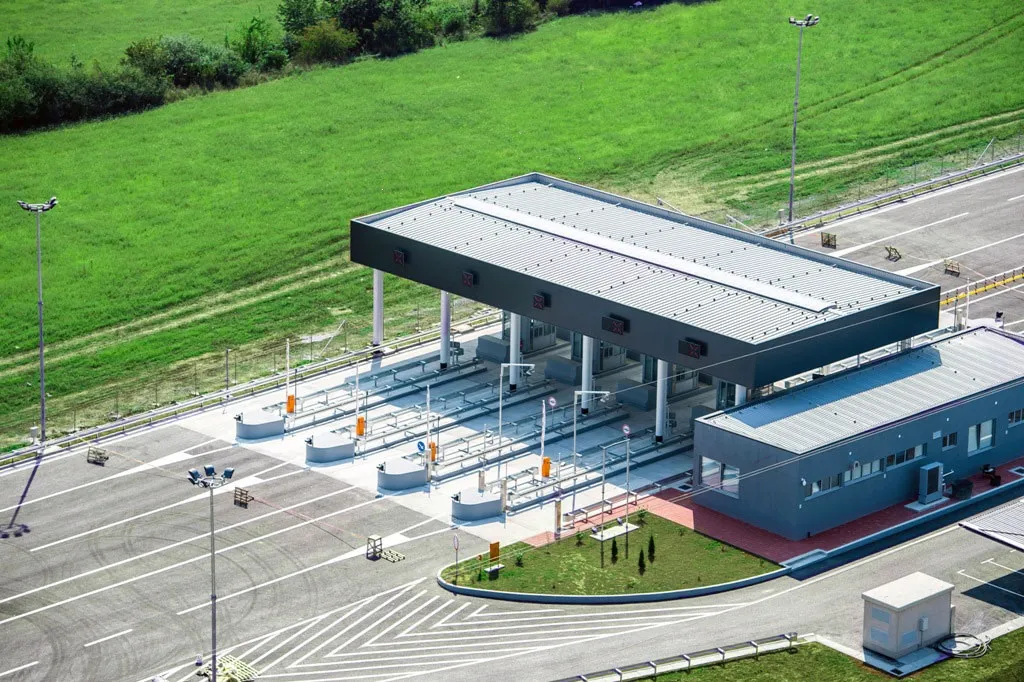Technology provider
Called AutoVu Flexreader, the platform is said to bring Automatic Number Plate Recognition (ANPR) to IP surveillance cameras supported by the company's Security Center unified platform.
Users can extend security operations to access the full ANPR set of Autovu and utilise data mining tools and graphical reports.
Security professionals can use the product to identify potential threats by recognising vehicles entering a facility and matching them to existing hotlists. Through the list management features of Security Center AutoVu, unknown or suspect vehicles can trigger specific alarms and activate video surveillance recording to help decrease time and support investigations.
AutoVu Flexreader is also designed with the intention of automating processes. The system can open vehicle gates and garage doors when the vehicle of an employee or registered visitor is detected as well as notify staff when suppliers arrive. Security professionals can also obtain vehicle audit trails, including number plate number, date, time, coordinates, license plate origin and associated videos to support investigations.
In addition, the device assists retail organisations and businesses with ungated parking lots by providing business intelligence insights on the behaviour of vehicles and visitors accessing their facilities. It uses data collected by the cameras to track those accessing a facility, monitor repeat visits and measure the length of stay.
Genetec showcases security solution at ISC West 2018
Technology provider Genetec unveiled a solution lets organisations use Internet Protocol (IP) cameras to identify and track number plates of vehicles entering or leaving their premises at ISC West 2018, in Las Vegas. Called AutoVu Flexreader, the platform is said to bring Automatic Number Plate Recognition (ANPR) to IP surveillance cameras supported by the company's Security Center unified platform. Users can extend security operations to access the full ANPR set of Autovu and utilise data mining tools
April 16, 2018
Read time: 2 mins









